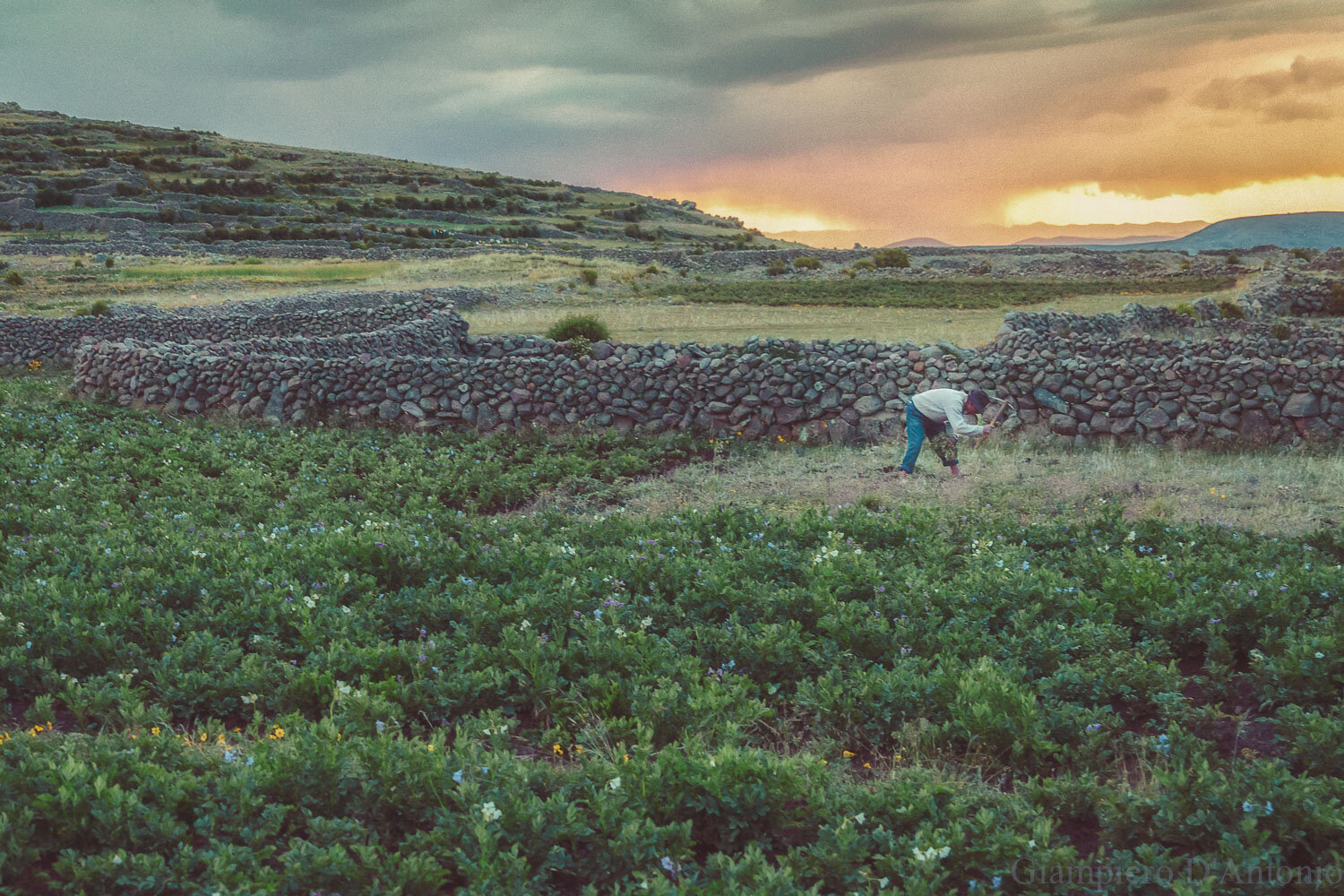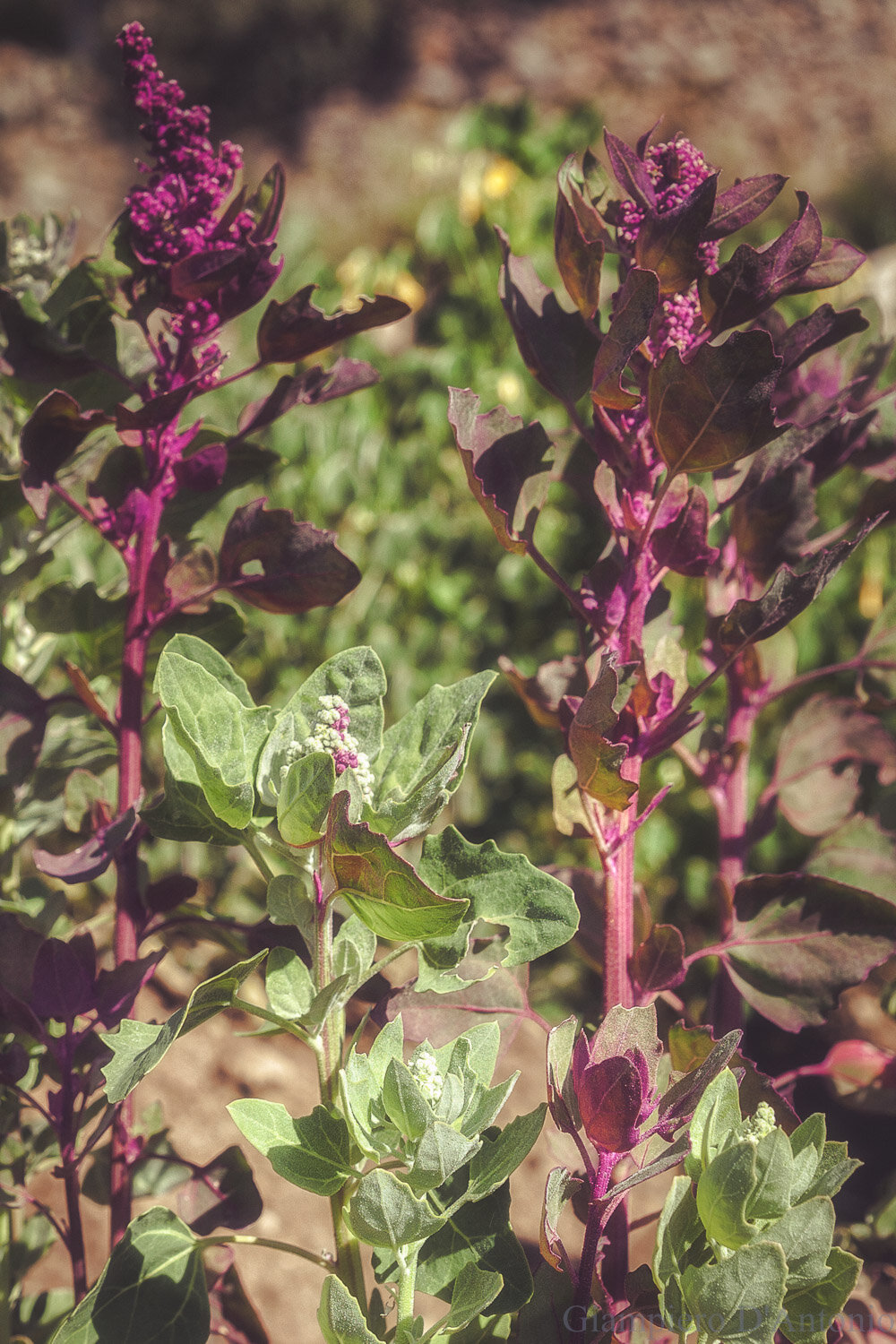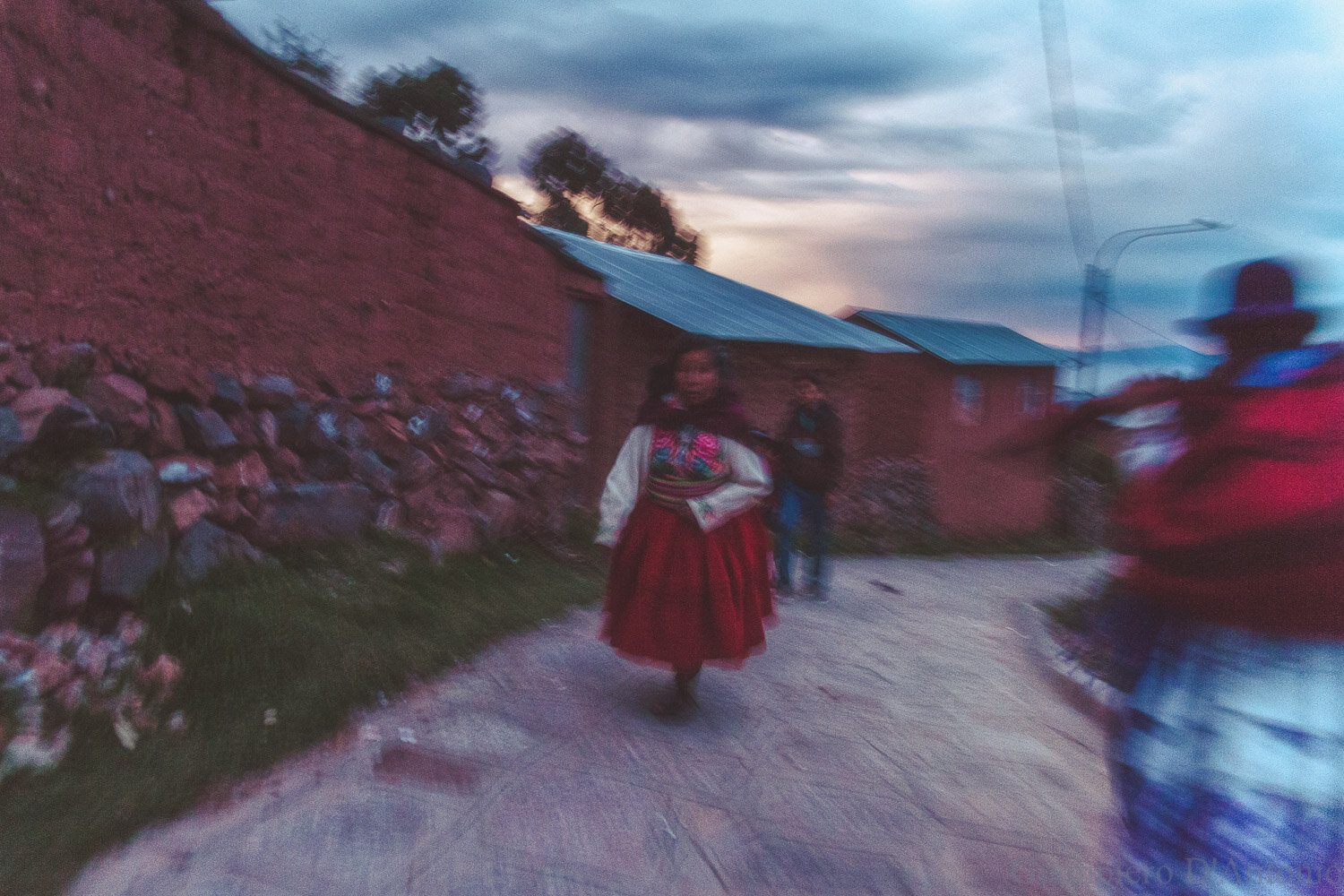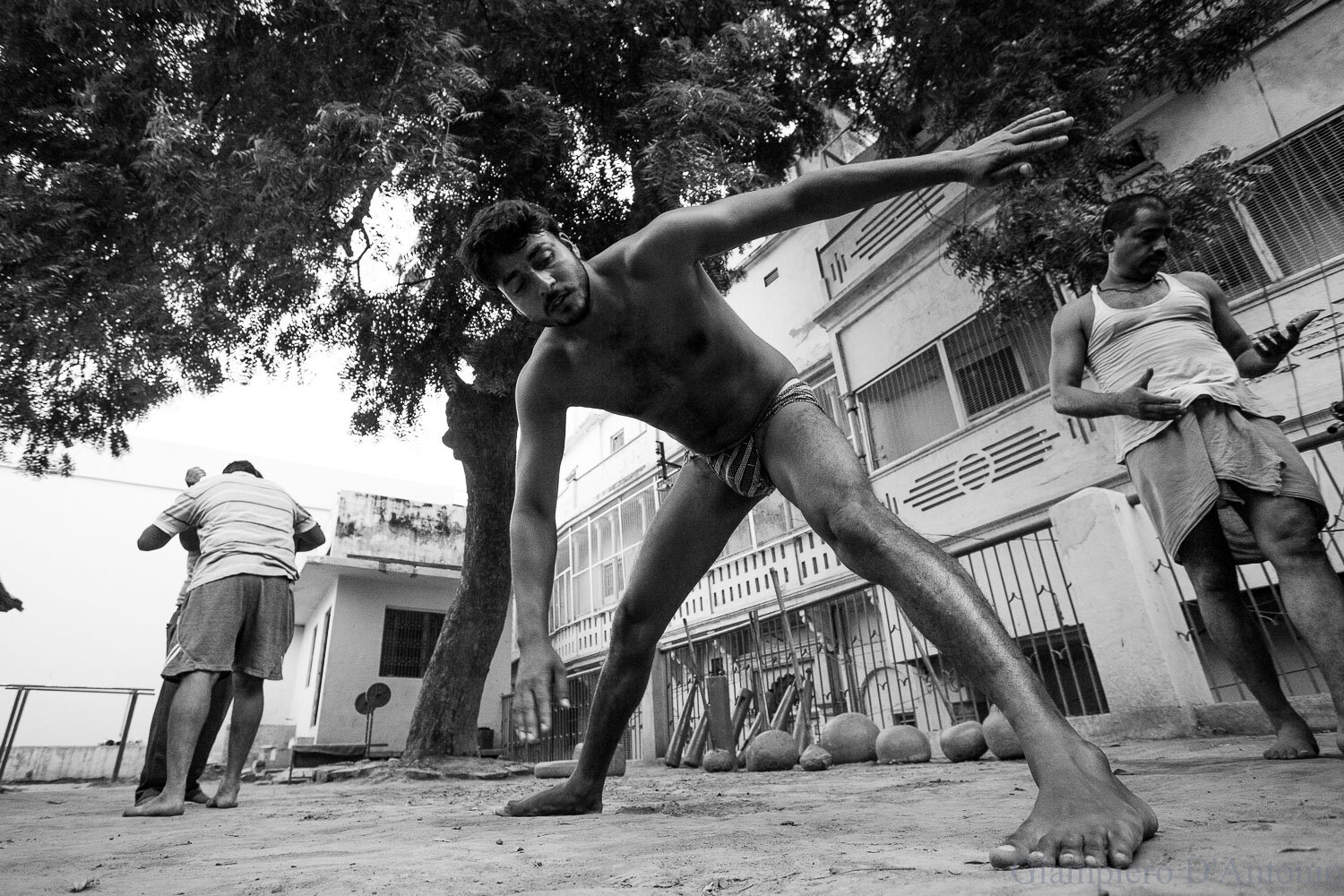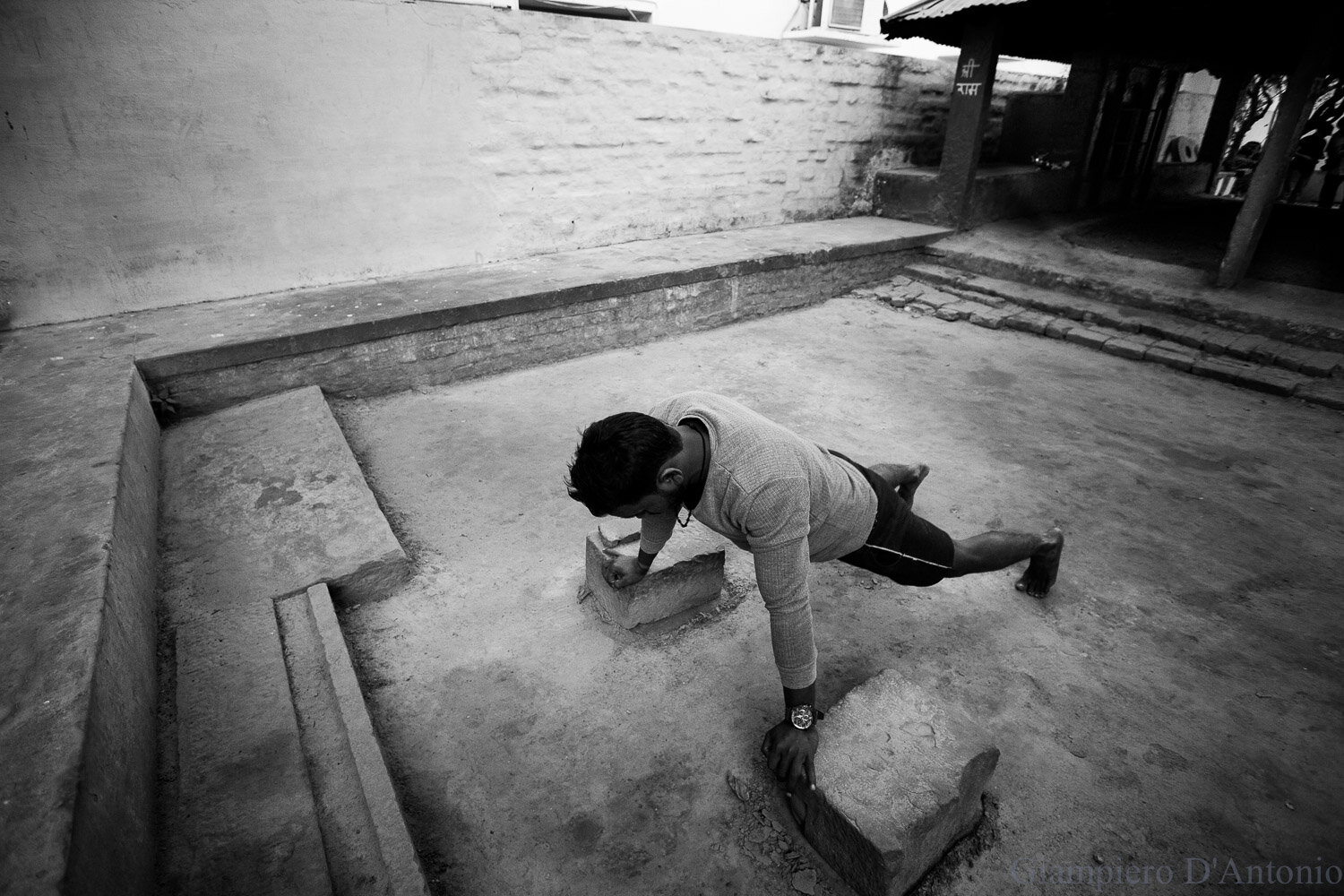The island of Amantaní, is an island on the Peruvian side of Lake Titicaca a place of about 3663 peasant people According to a 1988 census, divided among about 800 families Quechua speakers.
It is a haven of tranquility and bucolic landscapes still unknown to most travellers. It preserves ancient traditions and the possibility of knowing an authentic life in community.
The ten communities that live in Amantaní are dedicated to: agriculture, livestock and artisanal fishing. The almost 4000 people work cooperatively and provide mutual assistance. When staying with local families traveller can share its activities, rituals and participates in folkloric events. With some effort the traveller can also learns Quechua, the first language of the Amantaneños.
According to Andean mythology, from Lake Titicaca emerged the sons of the sun god, Manco Cápac and Mama Ocllo Huaco, who founded the empire of the Sun. In Amantaní itself there are several milestones that celebrate the Andean worldview. One is the Pachamama ceremonial center, at the highest point of the island, dedicated to the female genus, The other is the Pachatata, representative of the masculine, on the Coanos hill.
As you go through the wilderness you feel no more fear than that of exposure to nature and once at the top of one of the hills, You can enjoy one of the most breathtaking views in earth, the deep blue Titicaca lake with the Cordillera Real as a backdrop.
At Dusk descending among the beauty of nature, you reach the central square where a Festival in Hohour of Our Lady of Candelaria is taking place
In this sqare, Plaza de Armas, a paved rectangle in the middle of the village where the municipality, the school, the church and some wineries coexist, already falls the night and also the first drops of rain but, the show must go on and doesn’t matter if soon, the entire place will be inundated by a tremendous seasonal storm.
It is in these minutes of waiting that one feels the rhythm and dynamics among the inhabitants of the island, the time seems eternal, and the folks carry on dancing and laughing, in a word, enjoying the gift of Life.
As the storm breaks out outside, inside, the cold and altitude sickness are healed by a muña tea, the plant suggested by the ancestral wisdom of the Amantaneños.
Here, in this timeless place, where life flows slow and and with bucolic nuances, I have perceived what I have never experienced and that, I have been told so many times, the simplicity of the world and the centrality of man in it.
Sunset seen from Pachamama Site.
Even in moments, seemingly relaxing, women are always engaged in the production of things that somehow always help the family economy. Titicaca lake shore
A solitary boy is seen strolling around the shore of Titicaca lake
A group of Women is seen in Tradition costumes on the shore of Titicaca lake.
A couple of sheep are seen at the backyard.
a little girl is seen in a field during the day, surrounded by nature, with the lake Titicaca in the background. A field of potatoes can be a playground for children as their parents are working nearby.
At 5 o'clock in the morning, Maria starts her day washing up and tidying up the kitchen. To carry out the family in the general sense, it is only one of the activities of the women, they also work the fields, they care for the guests, and other related activities.
For many kids, the backyard is like a playground, they are safe there, close to the family and, they are happy playing with any object found around.
The almost constant “lack of” water, most of the time does not even allow basic hygiene.
Father and son are seen early in the morning get ready for a new day of work.
A curved old peasant, intent on finishing the daily work during sunset.
A man is seen resting after a long day of hard work.
A detail of a plant of Quinoa.
The hillsides are terraced, mostly worked by hand, and planted with wheat, quinoa, potatoes, and other vegetables.
Women are seen going back home during twilight.
A woman with traditional costume performs during the festivities of the carnival in the central square of the island, where all the communities, from all parts of the island, are gathered for the festivities.










